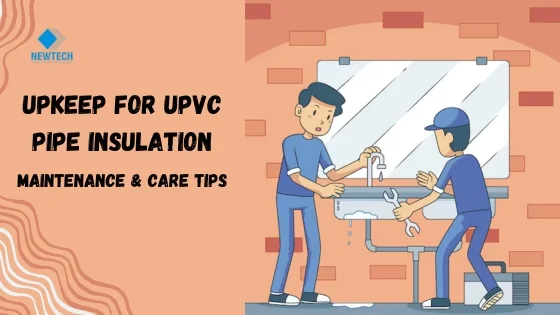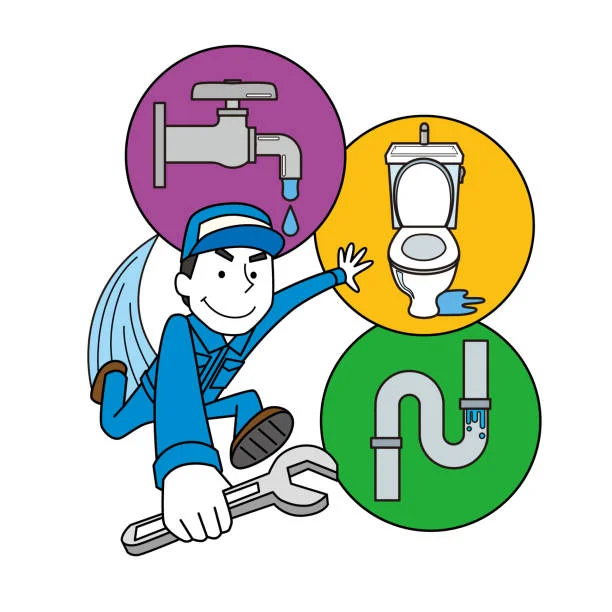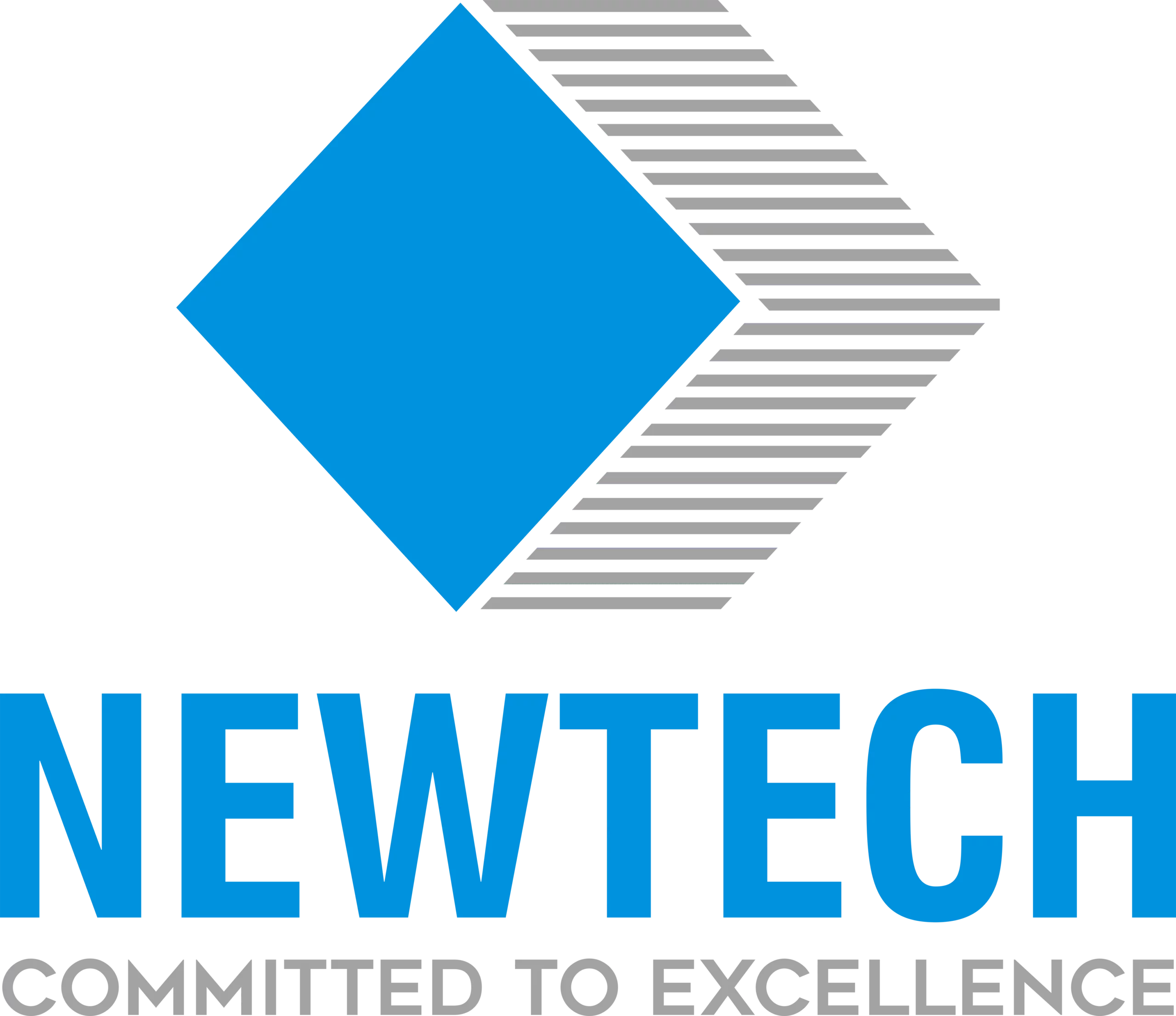Maintaining uPVC pipe insulation is crucial for its longevity and efficiency. Regular inspections, cleaning, and minor repairs prevent damage and ensure optimal performance. Protecting against UV exposure, extreme temperatures, and moisture is key. Whether opting for DIY maintenance or professional services, proper upkeep safeguards your investment and promotes sustainability.
Upkeep for uPVC Pipe Insulation: Maintenance & Care Tips
Introduction Of uPVC Pipe Insulation
In the realm of home and industrial plumbing, uPVC pipe insulation has become a hallmark of efficiency and reliability. Yet, like all investments, its longevity hinges on proper care and maintenance. This article explores the nuances of maintaining uPVC pipe insulation, elucidating the steps necessary to prolong its lifespan and ensure optimal performance. Regular upkeep is not merely a recommendation; it is a necessity that safeguards your insulation against wear, tear, and environmental factors. By adhering to a meticulous maintenance regimen, homeowners and facility managers can protect their investments, prevent costly repairs, and extend the life of their insulation systems.

Understanding uPVC Pipe Insulation
uPVC, or unplasticized polyvinyl chloride, is a durable, versatile material widely used in plumbing insulation. Unlike its PVC counterpart, uPVC lacks plasticizers, making it more rigid and suitable for piping applications. uPVC pipe insulation provides an effective barrier against thermal loss, ensuring that hot and cold fluids maintain their temperature as they travel through the system. It is resistant to chemical corrosion, weathering, and physical impact, making it an ideal choice for both residential and industrial applications. The material’s inherent non-toxicity further enhances its appeal, making it safe for drinking water systems.
Common Issues with uPVC Pipe Insulation
Despite its robustness, uPVC pipe insulation is not immune to damage. Over time, it can develop cracks, chips, and other forms of wear due to environmental stressors and mechanical impacts. Prolonged exposure to ultraviolet (UV) radiation can cause the material to become brittle and degrade. Additionally, fluctuating temperatures and moisture can lead to expansion and contraction, potentially causing the insulation to lose its seal and efficacy. Environmental factors such as pollution and chemical exposure can also compromise the integrity of uPVC insulation, making regular inspection and maintenance crucial.
Regular Inspection Routines
Consistent inspection of uPVC pipe insulation is key to early detection of potential issues. It is advisable to conduct a thorough inspection at least twice a year, ideally before the onset of extreme weather conditions. During these inspections, look for visible signs of damage, such as cracks, discolouration, or sagging. Pay particular attention to joints and seams, as these are common areas for leaks and degradation. Additionally, check for any signs of mould or mildew, which can indicate moisture buildup and compromised insulation.
Cleaning Your uPVC Pipe Insulation
Cleaning is an essential aspect of maintaining uPVC pipe insulation. To clean the surfaces, use a mild soap solution and a soft cloth or sponge. Avoid abrasive materials and harsh chemicals, as they can scratch or damage the insulation. Rinse thoroughly with clean water to remove any soap residue. It is crucial to allow the insulation to dry completely before applying any protective coatings or conducting repairs. Keeping the insulation clean not only enhances its appearance but also helps in detecting any underlying issues.
Addressing Minor Repairs
Minor damages, such as small cracks or chips, can be easily addressed without professional intervention. Start by cleaning the damaged area and ensuring it is dry. Apply a suitable uPVC repair compound, following the manufacturer’s instructions. For larger cracks or damaged seams, consider using a specialized sealing tape or adhesive. It is vital to ensure that the repair material is compatible with uPVC to prevent further damage. Once repaired, monitor the area closely to ensure the fix is holding.
Preventing Mold and Mildew Growth
Mold and mildew can be a significant issue, especially in humid environments. To prevent their growth, it is essential to keep the insulation dry and well-ventilated. Ensure that there are no leaks in the system that could introduce moisture. Consider installing dehumidifiers in areas prone to high humidity. Additionally, using mould-resistant coatings can provide an extra layer of protection. Regularly inspect the insulation for any signs of mould and address them promptly to prevent spreading.
Protecting uPVC Insulation from UV Exposure
Prolonged exposure to UV radiation can cause uPVC to degrade and lose its structural integrity. To protect against UV damage, consider applying a UV-resistant coating or paint to the insulation. Alternatively, you can use UV-resistant covers or shields, especially in outdoor applications. These protective measures will help maintain the insulation’s durability and effectiveness, preventing premature ageing and the associated costs of replacement.
Insulating Against Extreme Temperatures
Extreme temperatures, whether hot or cold, can impact the performance of uPVC pipe insulation. In cold climates, freezing temperatures can cause pipes to contract and potentially crack. To prevent this, use additional insulation layers or thermal blankets around the pipes. For hot climates, ensure adequate ventilation and consider using reflective materials to minimize heat absorption. These measures will help maintain the optimal temperature within the pipes, ensuring efficient fluid flow.
Maintaining Insulation Performance
To ensure that uPVC pipe insulation continues to perform optimally, regular performance checks are necessary. Monitor the temperature of the fluids travelling through the pipes and compare them with the expected values. Significant deviations could indicate insulation failure. Additionally, check for any unusual sounds or vibrations, which could suggest compromised insulation or pipe damage. Addressing these issues promptly will prevent further degradation and maintain system efficiency.

Professional Maintenance Services
While many maintenance tasks can be performed by the homeowner, some situations require professional expertise. If you notice significant damage or suspect a complex issue, it is advisable to call a professional. They can conduct a thorough inspection, identify underlying problems, and recommend appropriate solutions. When choosing a service provider, consider their experience, reputation, and expertise in uPVC systems. Professional services can provide peace of mind and ensure that your insulation system is in top condition.
Seasonal Maintenance Tips
Seasonal changes can impact uPVC pipe insulation, making it essential to adjust your maintenance routine accordingly. Before winter, inspect the insulation for any vulnerabilities that could lead to freezing. Consider adding extra insulation layers or using heat tape. In preparation for summer, ensure adequate ventilation and check for any signs of UV damage. Seasonal maintenance not only protects the insulation but also ensures optimal performance year-round.
Enhancing Durability
To extend the lifespan of uPVC pipe insulation, consider adding protective layers. Shields and barriers can protect against physical damage, UV radiation, and extreme temperatures. These additional protective measures can significantly enhance the durability of the insulation, reducing the need for frequent repairs and replacements. By investing in these enhancements, you can ensure long-term protection and cost savings.
Monitoring and Updating Insulation
Keeping track of the age and condition of your uPVC pipe insulation is crucial. Regularly update your maintenance records, noting any repairs or replacements. If the insulation is nearing the end of its expected lifespan or shows signs of significant wear, consider upgrading to newer, more efficient materials. Advances in insulation technology can offer better performance and energy savings, making an update a worthwhile investment.
DIY vs. Professional Maintenance
Deciding between DIY maintenance and professional services depends on the complexity of the task and your expertise. DIY maintenance can be cost-effective for minor issues and regular upkeep. However, for complex problems or significant damage, professional services are recommended. They have the necessary tools and knowledge to address issues thoroughly. Weigh the pros and cons of each approach and choose the best option for your situation.
Safety Precautions During Maintenance
Safety should always be a priority when performing maintenance on uPVC pipe insulation. Wear protective gear, such as gloves and safety glasses, to prevent injuries. Be cautious when handling chemicals and sharp tools. Ensure the work area is well-ventilated, especially when using adhesives or cleaning agents. By following these safety precautions, you can protect yourself and others during the maintenance process.
Sustainable Practices in uPVC Maintenance
Adopting sustainable practices in uPVC maintenance not only benefits the environment but also promotes health and safety. Use eco-friendly cleaning agents and repair materials that do not contain harmful chemicals. When replacing insulation, dispose of old materials responsibly, and consider recycling options. Sustainable practices can reduce your environmental footprint and contribute to a healthier living space.
Common Myths About uPVC Insulation Maintenance
There are several misconceptions about uPVC insulation maintenance that can lead to improper care. One common myth is that uPVC requires no maintenance due to its durability. In reality, regular upkeep is essential to prevent damage and prolong its lifespan. Another misconception is that DIY repairs are always sufficient. While minor repairs can be done independently, professional assessment is crucial for serious issues. Understanding these myths and the facts will help you make informed maintenance decisions.
Real-Life Examples and Case Studies
Learning from real-life examples can provide valuable insights into effective uPVC insulation maintenance. Case studies of successful maintenance routines and long-lasting insulation systems can serve as inspiration. They highlight the importance of regular inspections, timely repairs, and preventive measures. Additionally, examining common mistakes can help you avoid pitfalls and ensure the longevity of your insulation.
Conclusion
Proper maintenance of uPVC pipe insulation is vital for its performance and longevity. Regular inspections, cleaning, and repairs can prevent damage and extend the insulation’s lifespan. By following best practices and staying vigilant, you can ensure that your uPVC insulation continues to protect your pipes effectively. Embrace the upkeep routine and safeguard your investment.
Call to Action
Ready to start your uPVC insulation maintenance routine? Whether you prefer DIY tasks or need professional assistance, don’t wait until issues arise. Contact our experts today for a free consultation and keep your insulation in top condition. Your pipes will thank you for it!

FAQs
1. How often should uPVC pipe insulation be inspected?
Inspections should be conducted at least twice a year, ideally before extreme weather seasons.
2. Can I use any cleaning product on uPVC insulation?
No, it’s best to use mild soap and water. Avoid abrasive materials and harsh chemicals.
3. What are the signs that uPVC insulation needs repair?
Look for cracks, discolouration, sagging, and any signs of mould or mildew.
4. Is it necessary to hire a professional for maintenance?
While minor issues can be handled DIY, complex problems or significant damage should be assessed by a professional.
5. How can I protect uPVC insulation from UV damage?
Use UV-resistant coatings, covers, or shields to prevent degradation from sunlight.
6. What should I do if I find mould on my uPVC insulation?
Clean the area immediately, ensure proper ventilation, and address any moisture issues to prevent future growth.
7. Can uPVC insulation be recycled?
Yes, uPVC is recyclable. It’s advisable to dispose of old insulation materials responsibly.
8. How can I improve the durability of uPVC insulation?
Consider adding protective layers, using shields, and maintaining regular upkeep to enhance durability.

